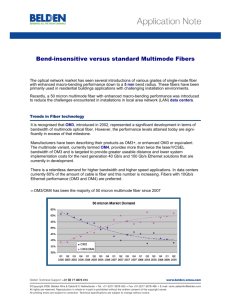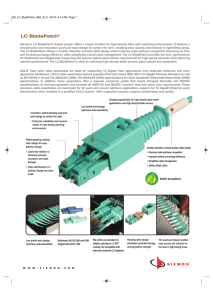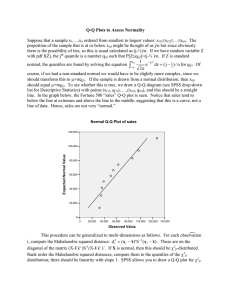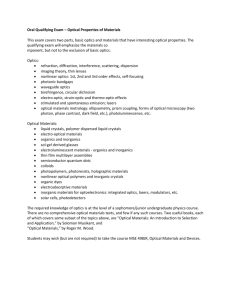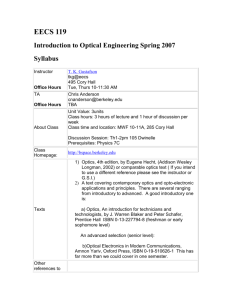Optical Trends in the Data Center
advertisement
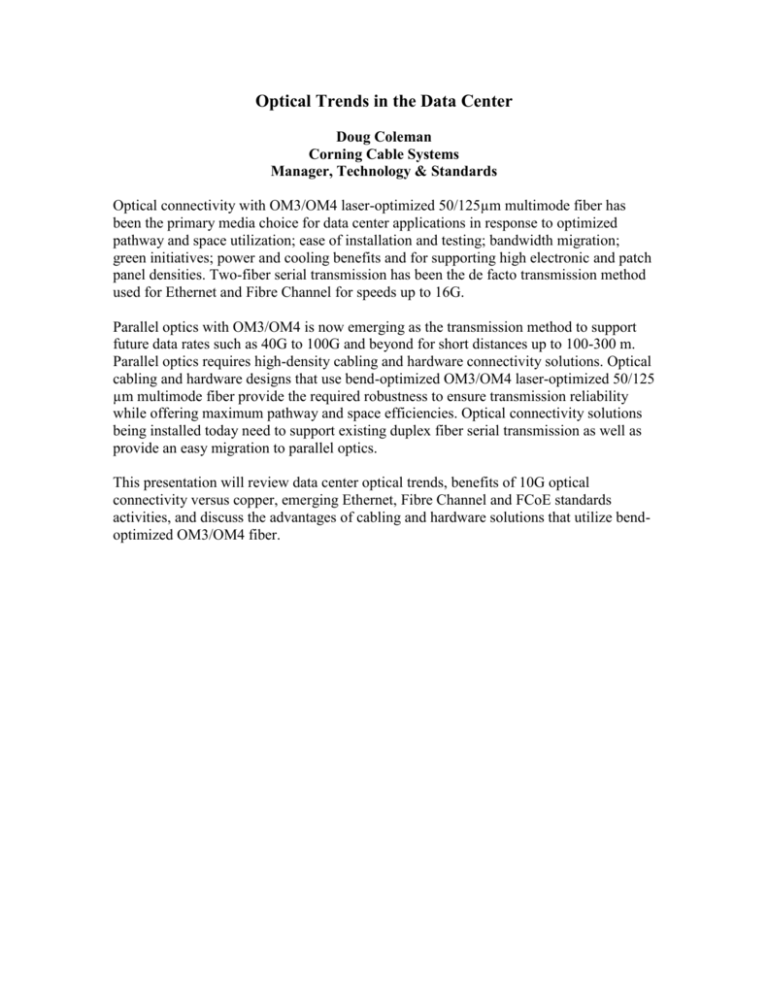
Optical Trends in the Data Center Doug Coleman Corning Cable Systems Manager, Technology & Standards Optical connectivity with OM3/OM4 laser-optimized 50/125µm multimode fiber has been the primary media choice for data center applications in response to optimized pathway and space utilization; ease of installation and testing; bandwidth migration; green initiatives; power and cooling benefits and for supporting high electronic and patch panel densities. Two-fiber serial transmission has been the de facto transmission method used for Ethernet and Fibre Channel for speeds up to 16G. Parallel optics with OM3/OM4 is now emerging as the transmission method to support future data rates such as 40G to 100G and beyond for short distances up to 100-300 m. Parallel optics requires high-density cabling and hardware connectivity solutions. Optical cabling and hardware designs that use bend-optimized OM3/OM4 laser-optimized 50/125 µm multimode fiber provide the required robustness to ensure transmission reliability while offering maximum pathway and space efficiencies. Optical connectivity solutions being installed today need to support existing duplex fiber serial transmission as well as provide an easy migration to parallel optics. This presentation will review data center optical trends, benefits of 10G optical connectivity versus copper, emerging Ethernet, Fibre Channel and FCoE standards activities, and discuss the advantages of cabling and hardware solutions that utilize bendoptimized OM3/OM4 fiber.


